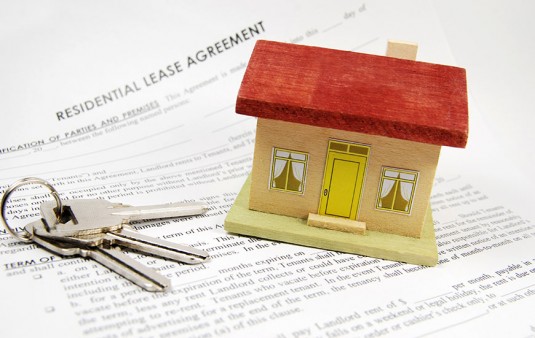Lease

The definition of a lease is that it of a contractual agreement. In this agreement, there is a lessee (also known as a user) and there is a lessor (who is the owner). A lease is an arrangement between the lessee and the lessor for using an asset. In the arrangement, there are certain conditions that are included. Typically these conditions include naming the lessee and lessor, specifying the asset offered for use, the amount charged for using the asset and the payment terms (ie monthly, quarterly and so on). A rental agreement is often used when speaking of a lease of property that is a tangible asset.
Brief Historical Background
Throughout history leases have served many different purposes. As such, regulation of leases have changed according to the intended purposes, as well as the economic conditions of the periods of time. An example of this is leaseholds. Leaseholds were typically granted for agriculture up until the late 1900s. This was as a result of the growing cities, which made the leasehold an imperative form of holding land in the urban areas.
In today’s law of tenant and landlord that is found in the common law jurisdictions, there remains an influence of the “laissez-faire” philosophy that is based in the law of contract as well as the law of property. Other common law principles that can be found in the lease aspect of property law include the law of consumer protection. As other laws have evolved, so has regulations over leases, including the legislation that protects tenants.
Precedent Setting Cases
There are many, many precedent setting cases in property law, especially in the area of leases. One common aspect of leases for many people is rent control.
There are a few precedent setting cases involving rent control; one of them is Pennell versus San Jose. This case involves the rent control ordinance in San Jose, California. Under this ordinance, landlords can automatically raise annual rents of tenants that are in possession up to eight percent. If a tenant has objections to a higher increase, he or she are entitled to a hearing to determine if the increase proposed by the landlord is reasonable or not. One consideration is the hardship to the tenant. A homeowner’s association sought a declaration that the ordinance (especially the provision of tenant hardship) is invalid. This case went as far as the California Supreme Court, where the decision was reversed and the appellants’ arguments were rejected, citing clauses under the Fifth Amendment and Fourteenth Amendment. This is still considered a precedent setting case of property law in the State of California.
Defenses
Instead of defenses for leases in property law, there are just ways to get out of leases – legally. The first one is that many leases have lease-break clauses in them. These clauses outline what you need to do to get our of your lease. It may be that you have to pay a bit more (for instance, pay a month or two of extra rent), lose your security deposit or even volunteer to find the next lessee. These are things you can try to do in order to break the lease. There are also reasons why you can legally break a lease. One reason you can walk away from a lease is if you are called to active military duty. If there is domestic violence occurring in the home, that is enough of a reason to be excused from a leased apartment or house. Serious injury and/or hospitalization is another way to be allowed out of a lease. And finally, if you are declaring bankruptcy, you may be able to opt out of a lease.
